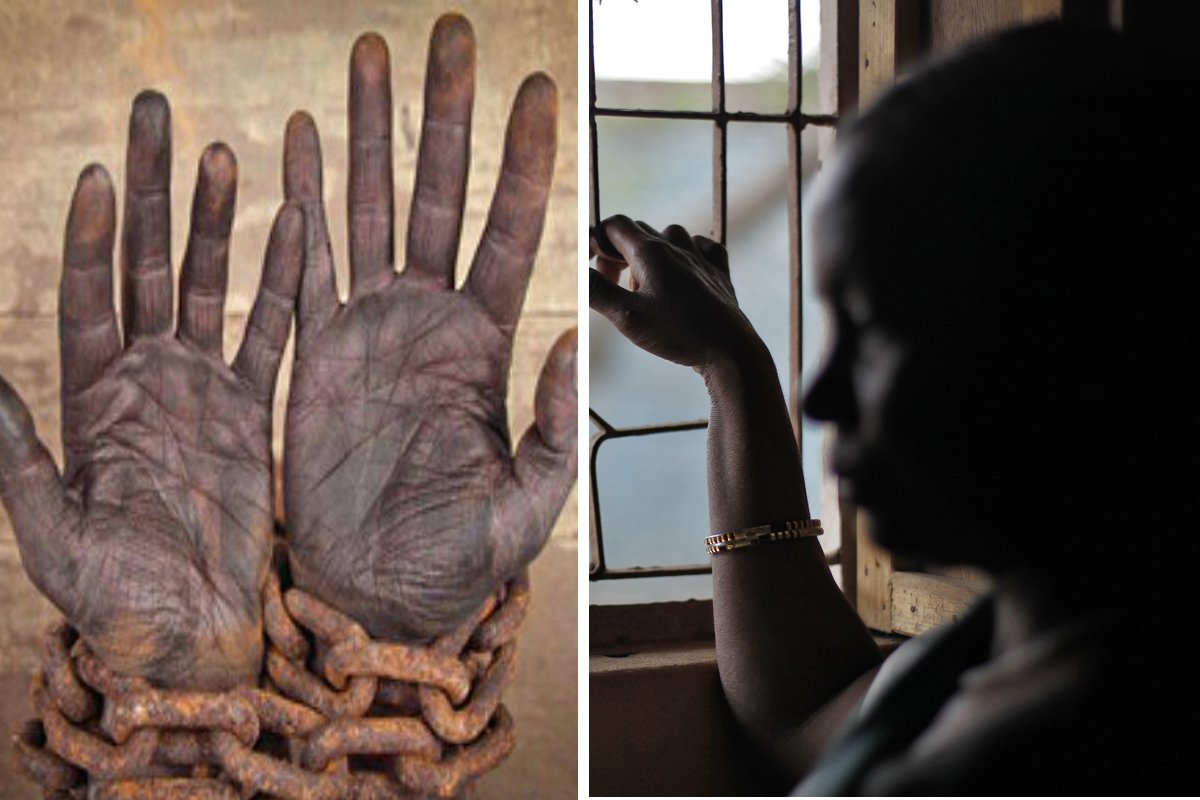
International Day For Abolition Of Slavery: Slavery In Independent India
2 Dec 2016 1:40 PM GMT
Editor : Sudhanva Shetty Shetty
Writer, coffee-addict, likes folk music & long walks in the rain. Firmly believes that there's nothing more important in a democracy than a well-informed electorate.
Slavery has been prevalent throughout history in every civilization with various degrees of inhumanity. Countries got rid of slavery over time – some through laws, others through civil wars. One would have thought that in the 21st century, with the United Nations, the Human Rights Declaration, the Geneva Convention, various peace-keeping organizations and NGOs and national constitutions dedicated to upholding basic human rights, slavery would have been abolished a long time ago.
However, today, in this modern day and age, there are 45.8 million enslaved people in the world. What makes this fact even more shameful is that nearly 40% of these slaves – about 18 million – live in India.
Modern slaves are officially defined as “individuals subject to forced labour, debt bondage, human trafficking, forced sexual exploitation, and forced marriage.”
The Global Slavery Index 2016 was published by the Walk Free Foundation, an international human rights organization. The report declared that all countries have modern slaves, with two-thirds of these slaves living in Asia alone.
The Index placed India with the highest amount of modern slaves. Roughly, 1.4% of Indians are enslaved. The Report said, “India is undergoing a remarkable ‘triple transition’, in which economic growth is both driving and is being affected by rapid social and political change. Economic growth has rapidly transformed the country over the past 20 years, including the creation of a burgeoning middle-class. In 1993, some 45 percent of the population were living in poverty; by 2011 that had been reduced to 21 percent. In addition to economic growth, ambitious programmes of legal and social reform are being undertaken right across the board, from regulation of labour relations to systems of social insurance for the most vulnerable.”
The Report continued, “Quantification of modern slavery in any country is difficult, but is doubly so in a country as large and complex as India. Whereas in other countries, a national survey was used to estimate prevalence, in India, we chose to proceed with surveys at the State level. In 2016, random-sample surveys were conducted by Gallup in 15 States. Collectively these surveys account for nearly 80 percent of the Indian population. The survey data suggest that there are more than 18 million people or 1.4 percent of the total population, who are living in conditions of modern slavery in India. Industries implicated in the survey data include domestic work, the construction and sex industries, agriculture, fishing, manufacturing, manual labour, and forced begging.”
In India, human trafficking, poverty, and child labour are the biggest causes of modern slavery. There are more than 270 million people living below the poverty line in India. Homelessness, including of children, remains a major concern. For example, a census of children living on the street in Mumbai in 2013 found more than 37,000 children, primarily concentrated in commercial areas with a bustling informal economy. 70% were boys and thirty percent were girls, and 18% were in the 10-12 year old age bracket.
Are we as Indians really free when 18 million of our fellow countrymen and countrywomen are enslaved, when 1 child goes missing every 8 minutes, when India is essentially the slave capital of the world?
 All section
All section













